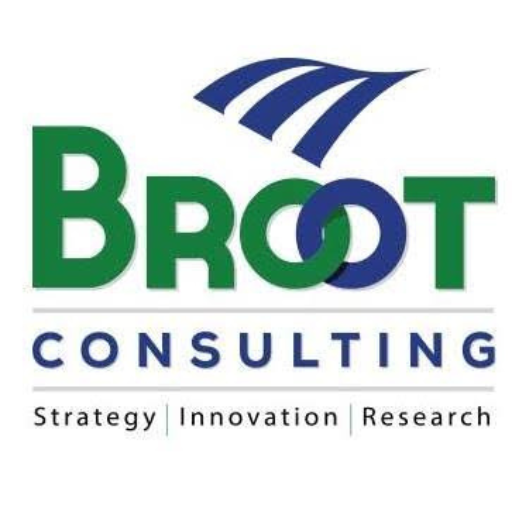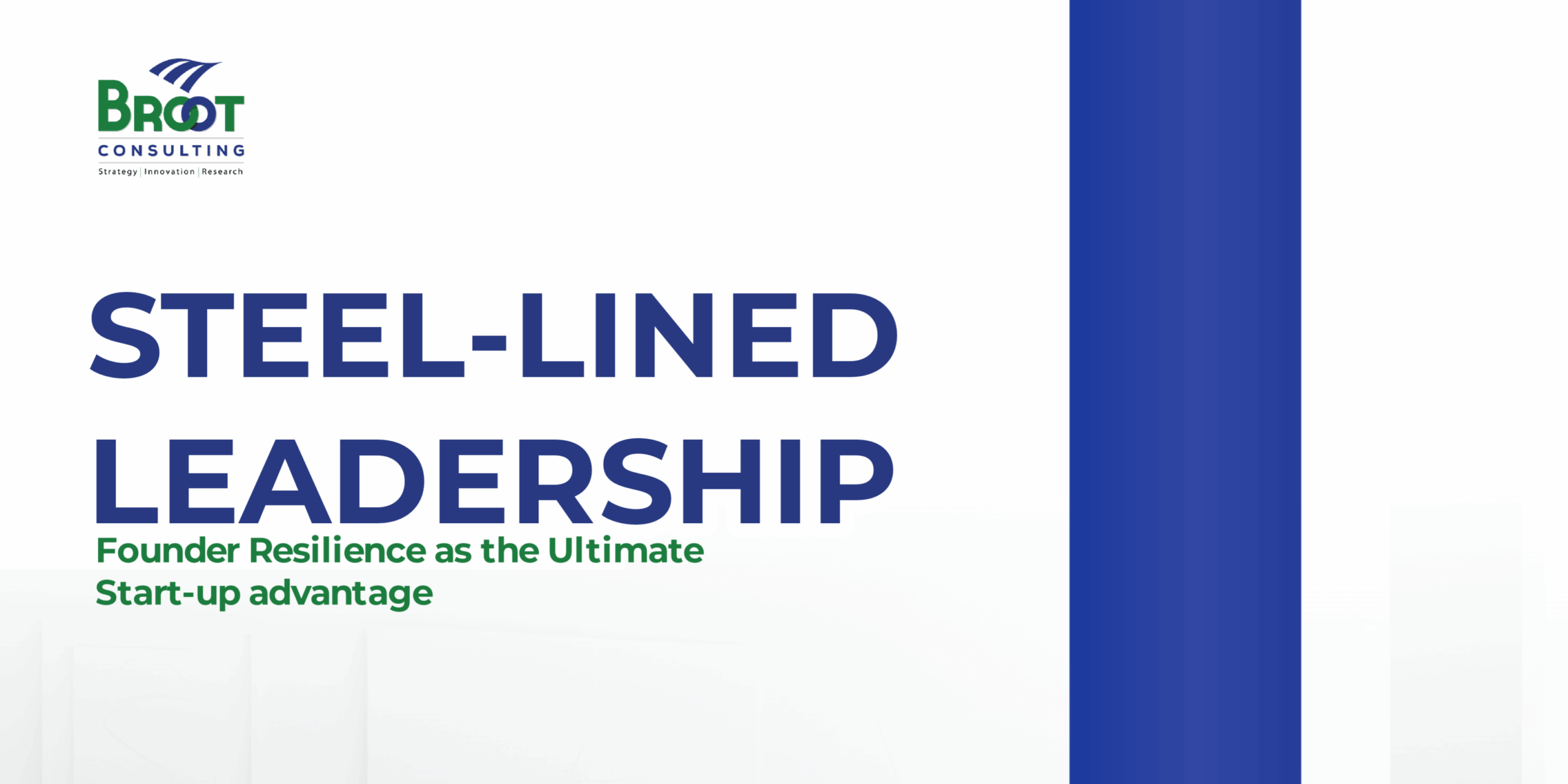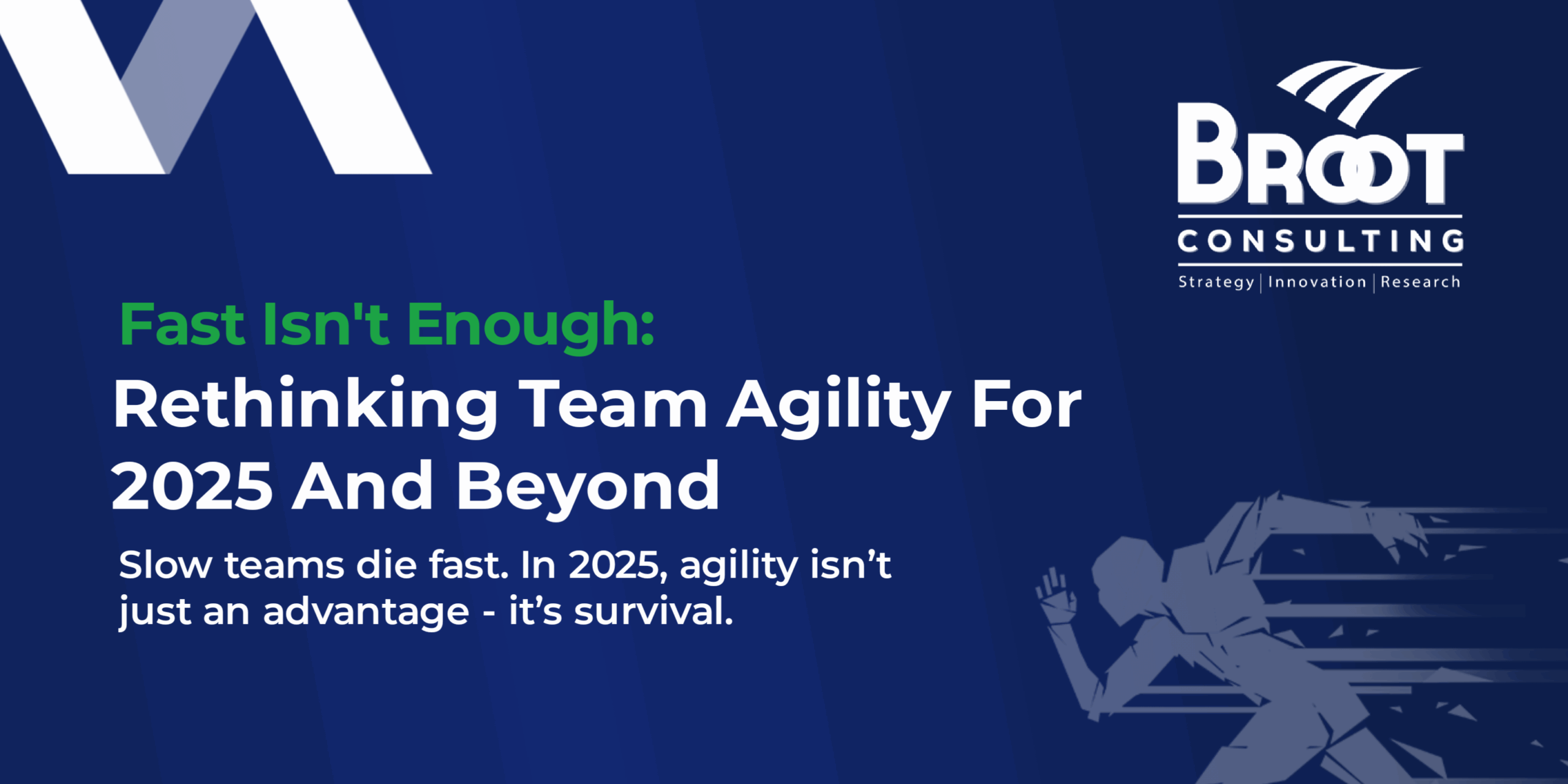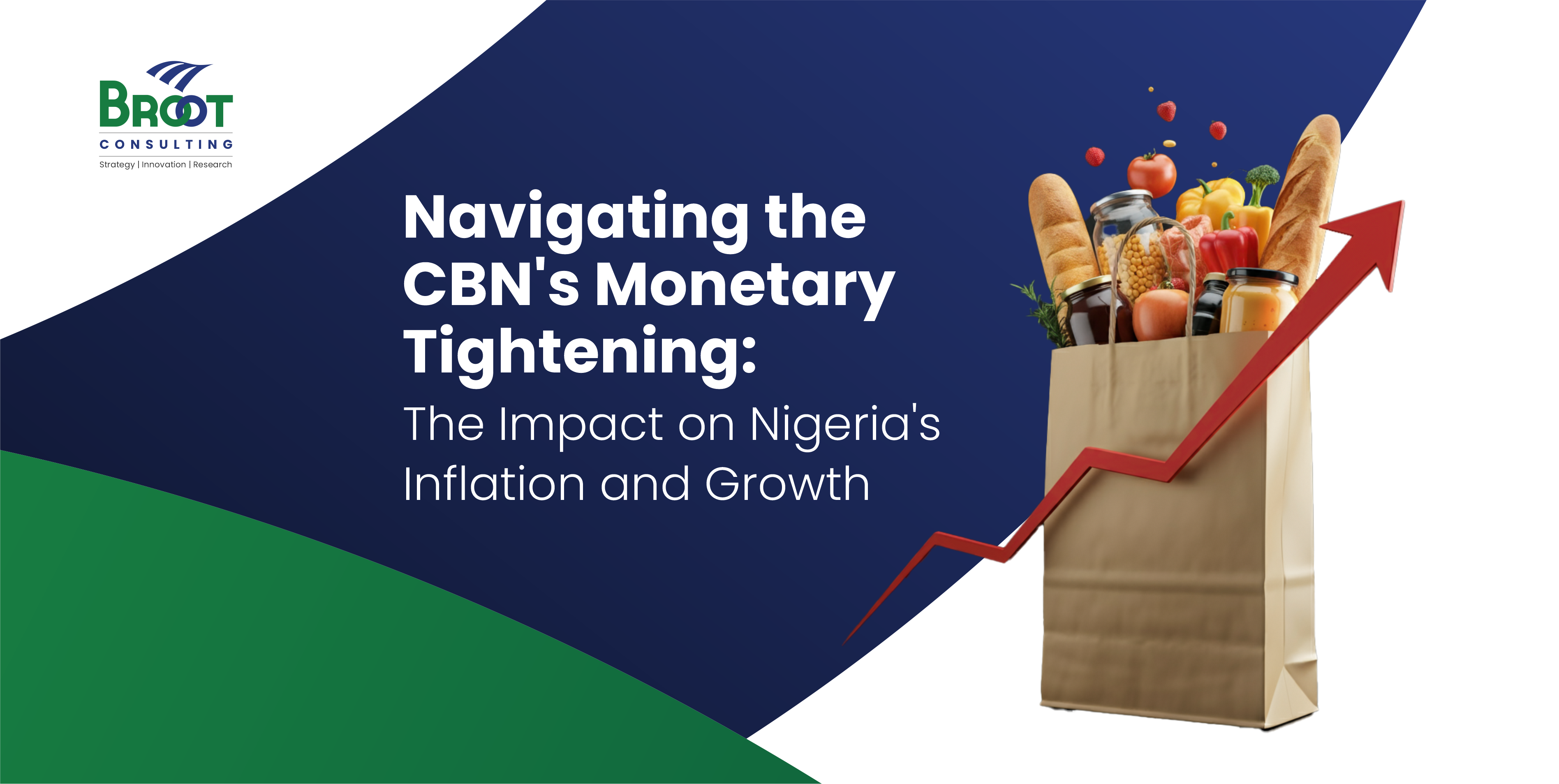Early Problem Recognition: Management Insights from the Nigeria Codeine Story: The village was thrown into turmoil, and Joseph was battling for his life with a 7 feet long crocodile. Years ago, he had returned from the stream with the reptile’s egg, warned to thrash it, but he kept delaying until it hatched. It was another time to do away with the reptile, but Joseph delayed, he got fond of the reptile believing baby reptiles don’t hurt.
Despite the repeated warning signs, he convinced himself, that the crocodile wouldn’t hurt, this day, after he walked into the cage as usual and after he fed the beast, it charged at him. Joseph tried to caution his pet, but the reptile charged at him again, Joseph fought back. Unfortunately, the monster pounced on him and the rest was history.
The future started yesterday, and many times we are already late -John Legend
As unbelievable as this story sounds, its scenarios play every day in the lives of men, businesses and organizations when we let problems mature before we decide to deal with them. As managers, individuals and executives we can reduce the number of resources spent on proffering solutions to avoidable issues.
The Codeine Story

Photocredit: BBC
It all started when Ruona Meyer of BBC noticed that her younger brother had become an addict of cough syrup, she began to investigate the men who make and sell the opioid-based medicine on the streets of Lagos. Her investigation unraveled the problem that has been destroying young lives across West Africa.
The BBC Documentry on the codeine addiction came to us as a surprise, though the problem has being with us for a while.
As bad as this problem is, it did not happen overnight. When did it start?
Could it have been prevented?
Many organizational problems today are due to poor problem recognition culture and framework that make it easy for executives to play the ostrich game in handling potential problems.
Global Codeine Consumption
The global codeine consumption report shows that India with a population of 1.324billion consumed 19.3% of global codeine consumption, followed by the United Kingdom 15.9%. USA, France, Canada and China recorded 12.8%, 8.8% 4.6% and 2.6% of consumption respectively. Other countries, more than 180 of them, including Nigeria consumed only 19%

Codeine: global manufacture, stocks, consumption and utilization, 1997–2016 (INCB)
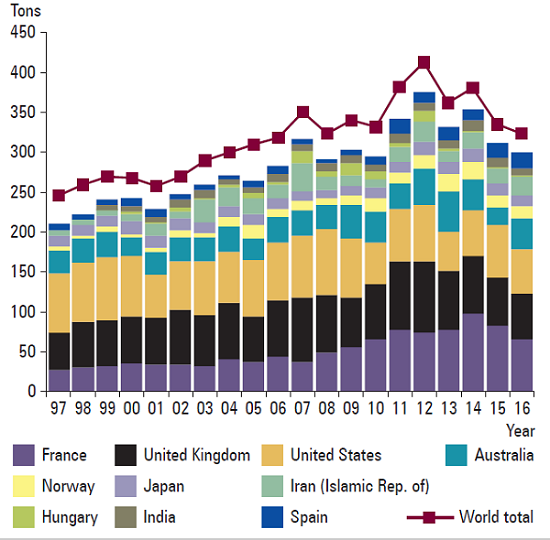
Codeine: manufacture, 1997–2016 (INCB)
Question before Codeine problem becomes a problem.
- A critical look at the data shows (based on population to consumption ratio) that Nigeria probably accounts for an insignificant portion of the consumption globally (lower than the UK with a population of 65.64 million but consumes 15.9% of global codeine products), if this is true, why is there an outburst for Codeine addiction in Nigeria? Or is there a case of under-reporting of production by the manufacturers?
- Where do the three million codeine bottles that are reportedly consumed in the northern part of the country come from? Or the over one billion bottles that are consumed per year?
- If Emzor Pharmaceutical, the company that was mentioned to be the major producer of this cough syrup is selling most of the products in the millions per year, shouldn’t this raise a flag to the management of the organizations and the regulatory bodies considering the global consumption rating?
- What market analysis did the company carry out that shows that the consumers require such a volume of consumption? Or is it that the majority of the 186 million Nigerian are having cough problems?
- Did the company see it as a cash cow without any regards to the social implication and its corporate reputation?
The essence of this article is not to judge or crucify Emzor Pharmaceuticals but to raise awareness of the need for early problem recognition and detection. Failure to recognize and correctly interpret the warning signs may lead to major problems in the future. I am also, by this piece, trying to raise the consciousness of the notion that successful companies are those that create value for their customers and equally live by the dictates of those values.
Every organisation should develop a framework for early detection of a problem. If there were a reliable monitoring mechanism for consumer experiences, perhaps the story would have been different. A simple market survey and consumption analysis by the producers and strong oversight function by the regulatory authorities could have prevented the problem before it became epidemic.
Insights for business leaders.
Our insight story at the opening paragraph clearly shows how disregard for warning signs could trigger a life-threatening problem. Sometimes executives adopt a don’t see don’t tell approach. This is a wrong approach to problem-solving.
- Create problem recognition culture: Executives should create a culture that encourage and reward problem recognition and timely reporting by workers or stakeholders.
- Beware of staff overzealousness: The BBC undercover agents met with an Executive of Emzor Pharmaceutical who boasted that he could sell one million cartons in a week on the black market. If we rule out the fuzzy assumption that decision makers at Emzor could’ve known about this illegal trading and consider issues objectively, business leaders must be careful with targets they set for marketing and lead generators. Staff engagement must not be taken for granted, for it is through such that staff productivity could truly be measured — proper analytics of data generated from employee engagement can then become a powerful tool to avoid such problems.
- Know your channel (KYC): It is not just critical to know the customer but equally important is to understand the channel through which the customers are being reached. In developing innovative business models, channel is one of the critical component worth considering, failure to pay attention to your channel of distribution could cause problems for your business
- Reactive Decision: The Nigerian government only banned the production and importation of the cough syrup containing codeine only after the BBC investigation has gone viral on various media (garnering 1,423,158 views on YouTube alone). This calls into question, the attitude of the various regulatory agencies towards such issues. Problem-solving could be tackled Proactively, Preventively or Reactively. Business leaders must, therefore, adopt a Preventive and Proactive method of problem-solving through a thorough study of the indicators mentioned above.
- Avoid early celebration without Investigation: We sometimes celebrate too early, a company that is doing well on a short-term may not live long into the future. A sudden rise in turnover or performance is worth celebrating, and the caveat, however, is to investigate before celebration and ensure your salespeople are not undermining your company values.
- Look beyond the bottom-line: Questionable actions and practices undertaken at the expense of a customer will come back to hunt the company. Unusually trend in performance is a pointer for investigation.
- Never lose the Ethical compass: Customer value proposition drives every successful organisation however if an organisation should not satisfy such value of it is injurious to the long-term interest of the customer. Corporate reputation may be destroyed if an organisation is not adequately guided to uphold its moral compass.
- Solve the right problem in the right way: codeine as a drug for cough syrup may not be dangerous in itself. However, a good problem must be solved in the right way.
Today we live and operate businesses in the Information Age. It does not take clairvoyance to see problems before they happen. Analytics are the modern magicians. A simple culture of keeping records and tracking patterns can provide invaluable insights into problems that are about to happen.
More than these, a proactive approach is needed to recognize potential problems (unlike the reactive measure adopted by NAFDAC with the shutting down of the manufacturing plants “for the sake of investigation”), especially when the threshold level showed a discrepancy between current conditions and expected or desired outcome. You need to build an eye for early detection to thrive in the 21st-century concept of business.
